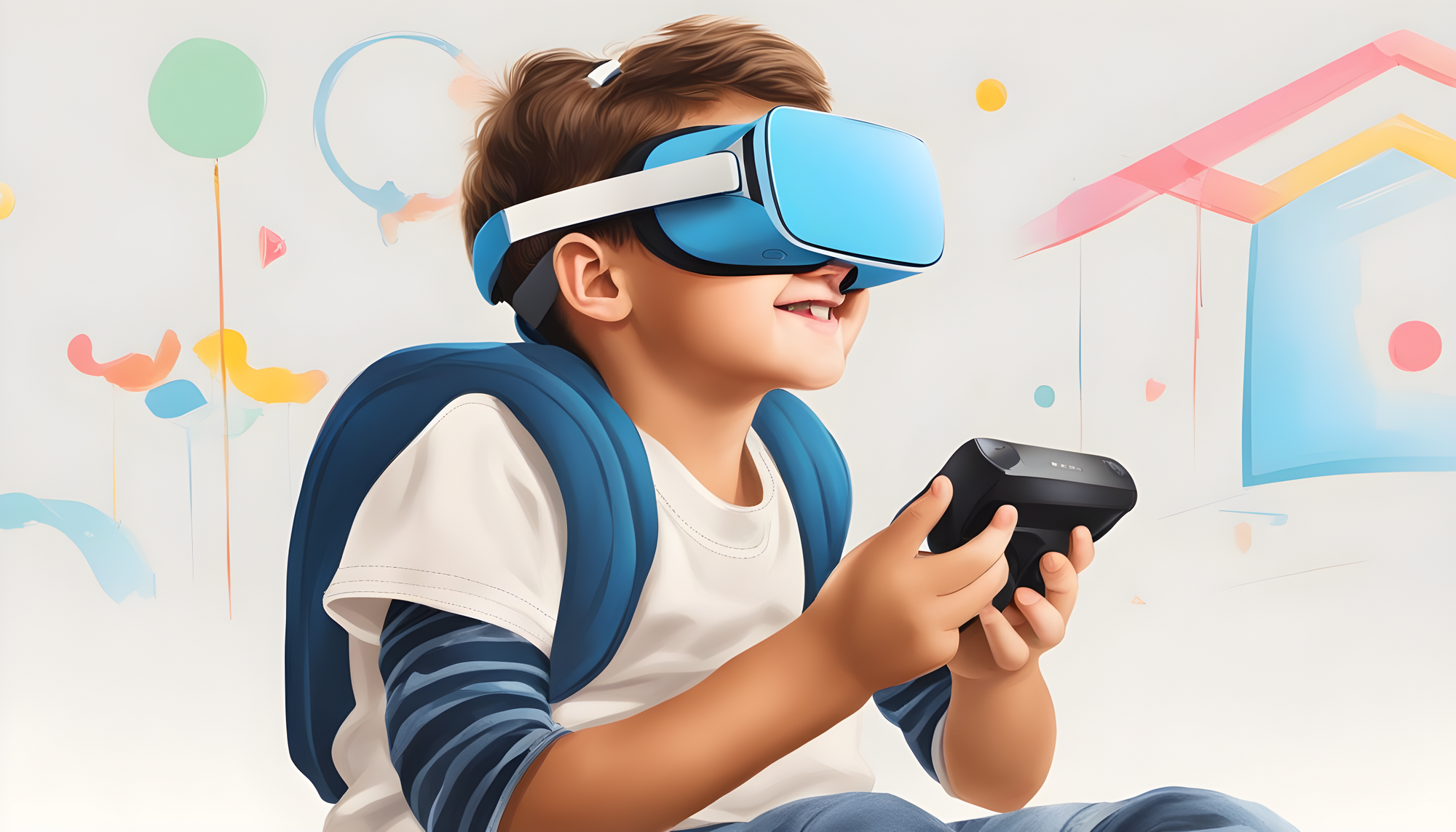
Virtual and Augmented Reality in the Classroom and Beyond
Virtual reality (VR) and augmented reality (AR) are no longer just for fun and games. These immersive technologies are increasingly being used in a variety of settings, including the classroom, construction sites, and even operating rooms.
VR and AR in the Classroom
In the classroom, VR and AR can be used to create engaging and interactive learning experiences. For example, students can use VR to explore historical sites, travel to different countries, or learn about complex scientific concepts in a hands-on way. AR can be used to overlay digital information onto the real world, allowing students to see labels on plants and animals, or to learn about the different parts of a machine.A recent study by Neuro-Insight, Mindshare UK, and Zapper found that AR had a significant positive impact on both attention span and information retention in a group of 151 adults. This suggests that VR and AR could be powerful tools for improving student engagement and learning outcomes.
VR and AR in Construction
VR and AR are also being used in the construction industry to improve efficiency and safety. For example, construction workers can use VR to simulate different tasks before they start working on them, which can help to identify and mitigate potential risks. AR can be used to overlay digital blueprints onto the real world, which can help workers to visualize the finished product and to avoid making mistakes.
VR and AR in Surgery
VR is also being used to train surgeons. For example, Dr. Alex Aquilina, an orthopedic surgeon at Bristol Children's Hospital, has been creating 360-degree surgical videos using Virti's VR technology. These videos allow surgeons to practice procedures before they enter the operating room, which can help to improve their skills and reduce the risk of complications.
Challenges and Opportunities
While VR and AR have the potential to revolutionize education and industry, there are some challenges that need to be addressed. For example, VR and AR headsets can be expensive, and not everyone has access to them. Additionally, some people may find VR and AR to be disorienting or uncomfortable.Despite these challenges, VR and AR have the potential to transform the way we learn, work, and live. As these technologies become more affordable and accessible, we can expect to see even more innovative and groundbreaking applications emerge.
AR and VR: Transforming Education and Industry
Augmented reality (AR) and virtual reality (VR) are immersive technologies that are rapidly changing the way we learn, work, and live. These technologies have the potential to revolutionize education, industry, and healthcare.
AR in the Classroom
AR apps are being used in the classroom to engage students and bring topics to life. For example, the Museum Alive app allows students to place extinct animals and their natural habitats in the real world. This helps students to visualize and understand these concepts in a more meaningful way.A recent study by Durham University found that students who used VR to learn about conflict zones were more interested and engaged in the topic. The study also found that VR can help students to develop a better understanding of complex concepts.
VR in Construction
VR is also being used to train construction workers. For example, the Construction Industry Training Board is investing in several immersive technology projects aimed at improving industry training. One of these projects, called Project Convert, provides VR training in a variety of areas, including building, scaffolding, working at heights, drone operation, and woodworking.VR training can help construction workers to learn new skills in a safe and controlled environment. It can also help them to practice complex tasks before they perform them in the real world. This can help to reduce the risk of accidents and improve the quality of work.
VR in Archaeology
VR is also being used to explore ancient civilizations. For example, the Giza Project at Harvard University is using VR to create simulations of the Giza Pyramids in ancient Egypt. Students can use these simulations to learn about the pyramids and their construction.VR can help students to visualize ancient civilizations in a way that is not possible with traditional teaching methods. It can also help them to develop a better understanding of the context and scale of these civilizations.
Challenges and Opportunities
While AR and VR have the potential to transform education and industry, there are some challenges that need to be addressed. For example, AR and VR headsets can be expensive, and not everyone has access to them. Additionally, some people may find AR and VR to be disorienting or uncomfortable.Despite these challenges, AR and VR have the potential to transform the way we learn, work, and live. As these technologies become more affordable and accessible, we can expect to see even more innovative and groundbreaking applications emerge.
The article was written by Amit Caesar
Here are some exciting new articles you don't want to miss!
- Feeling Frosty: VR Cold Sensation Tech is Here
- Apple Vision Pro: The Future of Spatial Computing
- Can Virtual Reality Smell Your Farts?
- Meta Quest 3: Everything you need to know
- Amazing products for your VR from Amazon
- The Best Accessories for Microsoft Flight Simulator
- Experience the future of sex with virtual reality and artificial intelligence
- Virtual Reality: A whole new world opens up to you on eBay
- How to Watch Netflix in VR: A Step-by-Step Guide
Here are the links to my social media pages:
Facebook: [link]
YouTube: [link]
LinkedIn: [link]
Twitter (x): [link]





